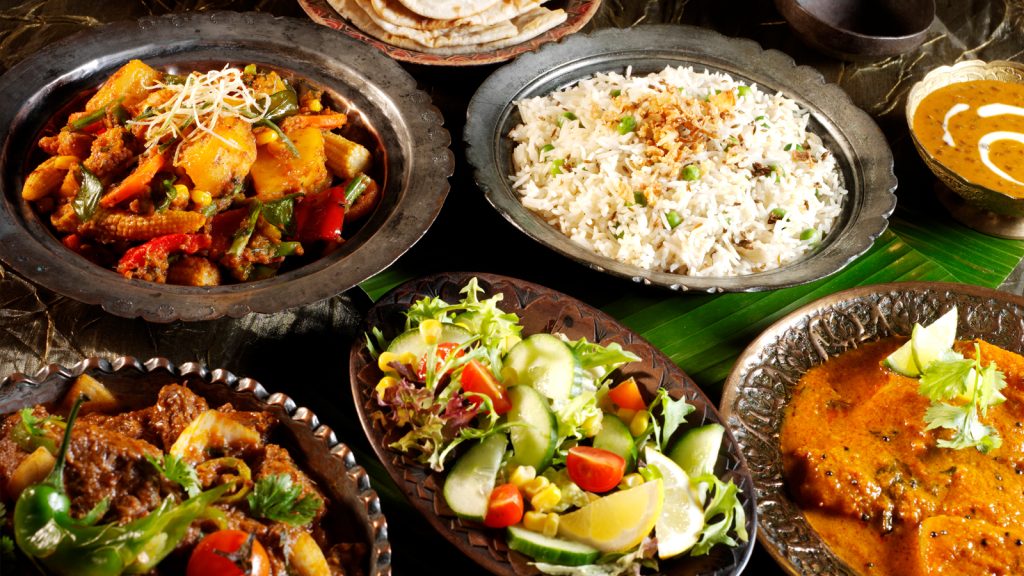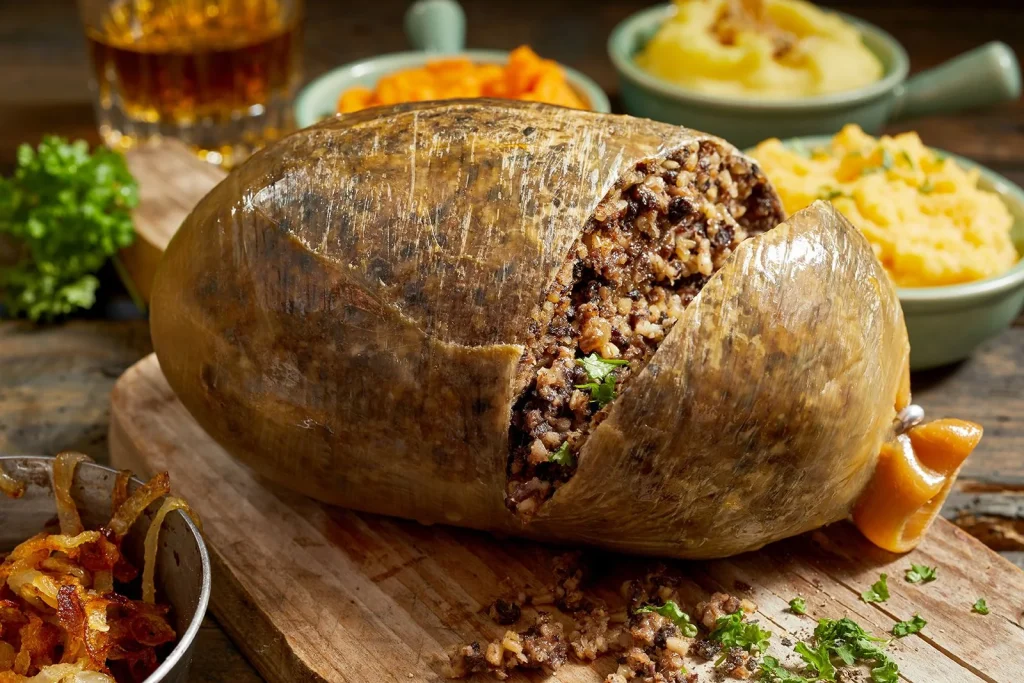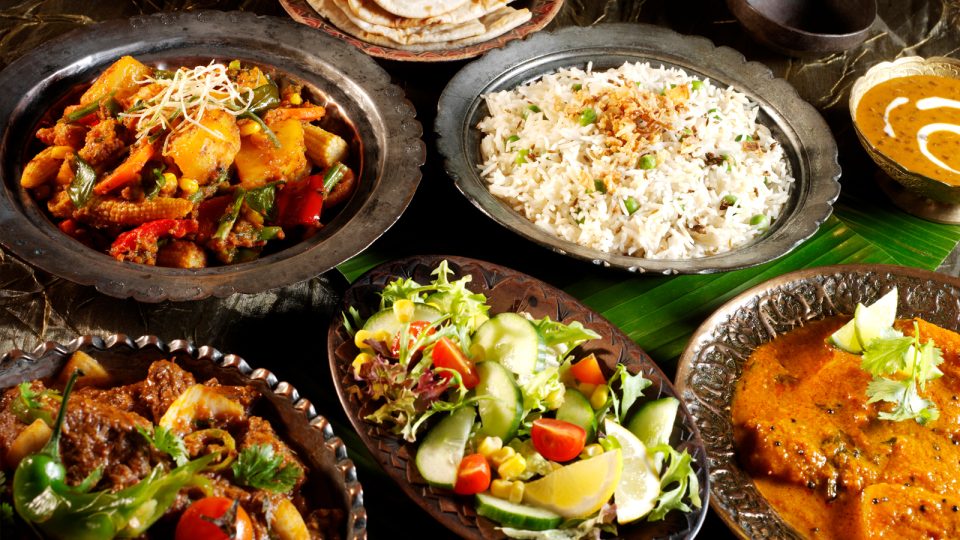Tunisia is an up-and-coming destination with a surprisingly delicious food scene. Here are some under-the-radar delicacies you can ask for, that are usually reserved for the locals.

- Bsissa
A desert-proof pantry staple turned breakfast which consists of finely milled roasted grains (often barley) mixed with spices, then worked with olive oil into a spoonable paste and sweetened with date syrup or honey. It’s like nutty tahini combined with a granola bar. You can look for it sold as a powder, or ask for it to be “marmoula” (mixed) on the spot.
- Aasidat Zgougou
This pudding is made in Tunisia but can also be found in Turkey and is often only made on Muled (the Islamic day commemorating the birth of the Prophet). This dessert layers cream over a dark, nutty base milled from zgougou (Aleppo pine seeds). It’s usually topped with pistachios and almonds with a slightly bitter taste. You’ll usually find it in pastry shops in the week leading up to the holiday.
- Kaak Warka
These petite, donut-shaped shortbreads are a Tunisian cookie delicacy. They hide a soft marzipan centre with a scent of rose water (Nisri). If you can, make a pastry run to Zaghouan where they are the most authentic, otherwise, ask for the “warka” style in Tunis pastry shops.
- Osban

A celebratory, rice-and-herb-stuffed sausage made with lamb offal, spring onion, dill, mint, turmeric, cinnamon and tucked into intestines, simmered, then crisped. Order it alongside couscous or sliced as a mezze with a squeeze of lemon. This savoury dish is a favourite across Tunisia and Libya.
- Mloukhia
This is the dark, almost black-green, olive-oil-rich stew Tunisians simmer low and slow, traditionally with beef or lamb. Herbaceous, haunting, and best devoured with a torn baguette. If a menu lists it, you should order it because it often sells out quickly in the high-end restaurants.
- Kamounia
A home-style classic that you’ll find in Egypt, Sudan, and Tunisia. It hits like Tunisian tapas. Kamounia consists of chunks of liver (or mixed offal) stewed with tomato and a large amount of cumin, plus garlic and parsley. It’s rustic, punchy, and perfect with rice or bread.
- Lamb Gargoulette
From Djerba and southern oases comes this theatrical slow-cook which includes meat, potatoes, saffron, and herbs sealed in an unglazed clay jug (sometimes with a dough cap) and baked until spoon-tender. In some places they crack the vessel at the table so that you get to experience the scents together. Ask for “gargoulette” in desert kitchens or Berber-style eateries for an amazingly delicious experience.
- Kadid

Kadid, or kaddid are strips of salted meat dried under Mediterranean sun, then, at home, they are rehydrated into sauces or put under olive oil for year-round cooking. It brings a deep, cured savour to couscous and stews, like Tunisia’s own confit pantry hack.
- Zrir
A celebratory spread churned from roasted sesame, honey, and various nuts (hazelnut, almond, pistachio). Traditionally served to visiting friends after a baby’s birth, but you’ll spot jars in specialty sweet shops year-round. Eat it by the spoon or smear on warm khobz tabouna.
Top tips for Tunisian delicacies
Here’s what you need to know:
- Aim for small, family-run kitchens and busy market stalls rather than glossy tourist-facing menus.
- Go early, ask what’s being made today, and order the house special before it sells out.
- Favour spots that name a town or region on the board, rotate dishes with the season or holidays, and draw a steady line of locals.
- Be open to unfamiliar cuts and slow-cooked stews, you can always ask for mild or add heat at the table.
- Bring small cash, expect simple service, and respect the line, good manners help you get good tips from staff and regulars.
- Keep notes on places you like, because the best dishes move around with the cook and the calendar.
If you want to experience the unexpectedly amazing Tunisian food scene, go in open-minded, and be prepared like a local. It doesn’t disappoint.


